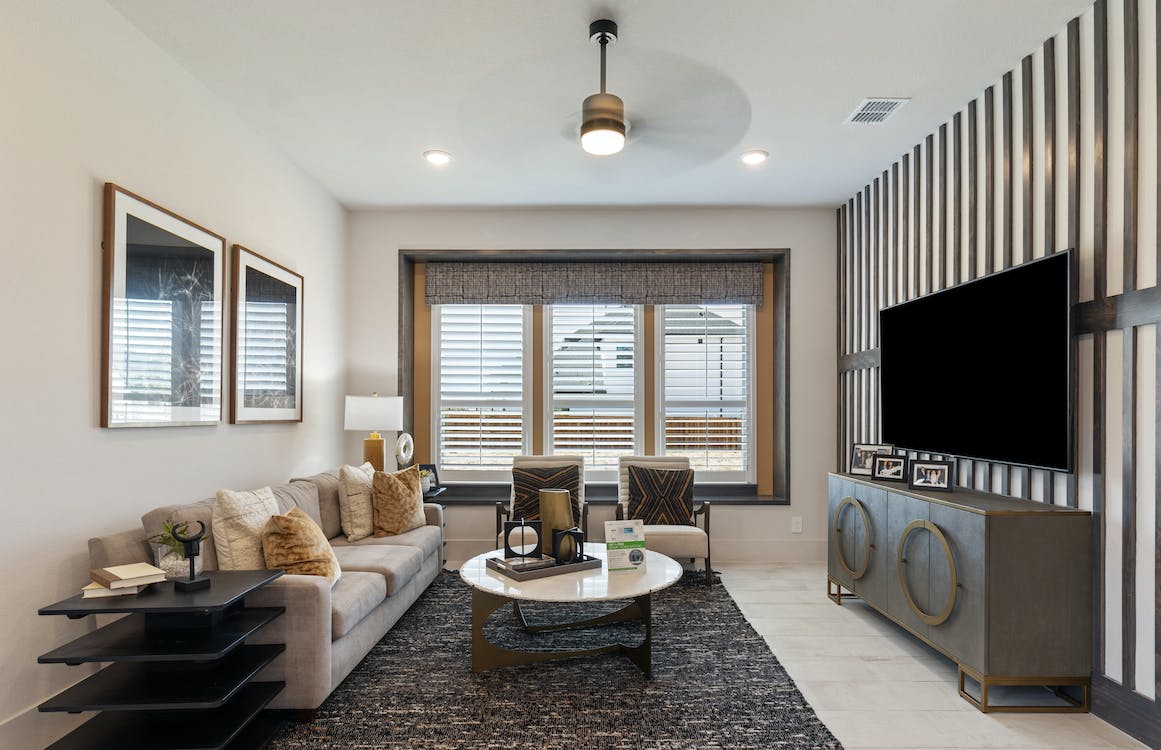Welcome to the world of minimalist design! In a fast-paced and cluttered digital landscape, minimalist designs stands out as a breath of fresh air. Simplistic yet striking, it is a design philosophy that focuses on removing unnecessary elements and creating a clean and organized aesthetic.
Minimalist Designers in 2024
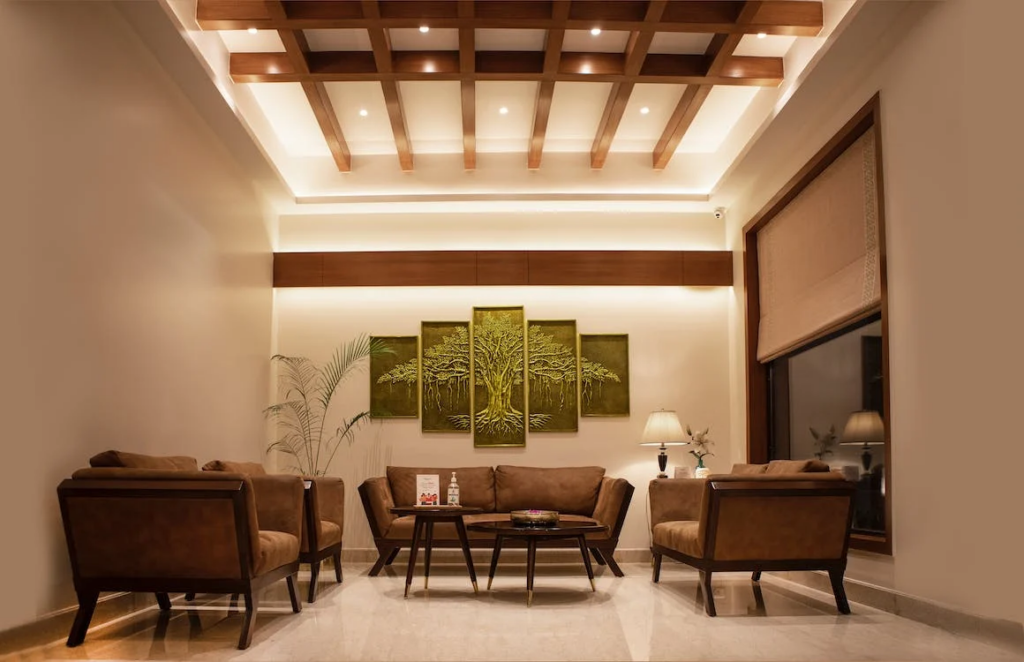
In this article “Minimalist Designers in 2024 : Exploring Inspirational Figures”, we will dive deep into the realm of minimalist designs, exploring its importance, applications, famous designers, and principles. Whether you’re a web developer, graphic designer, or simply someone interested in aesthetics, this article will inspire you with examples and insights from the world of minimalist design.
So, let’s embark on this journey together and discover the world of minimalist design, where less truly is more. Let’s explore the beauty and simplicity that lies at the core of this design approach, and understand why it has become a powerful tool in the creative industry.
Importance of Minimalist Design
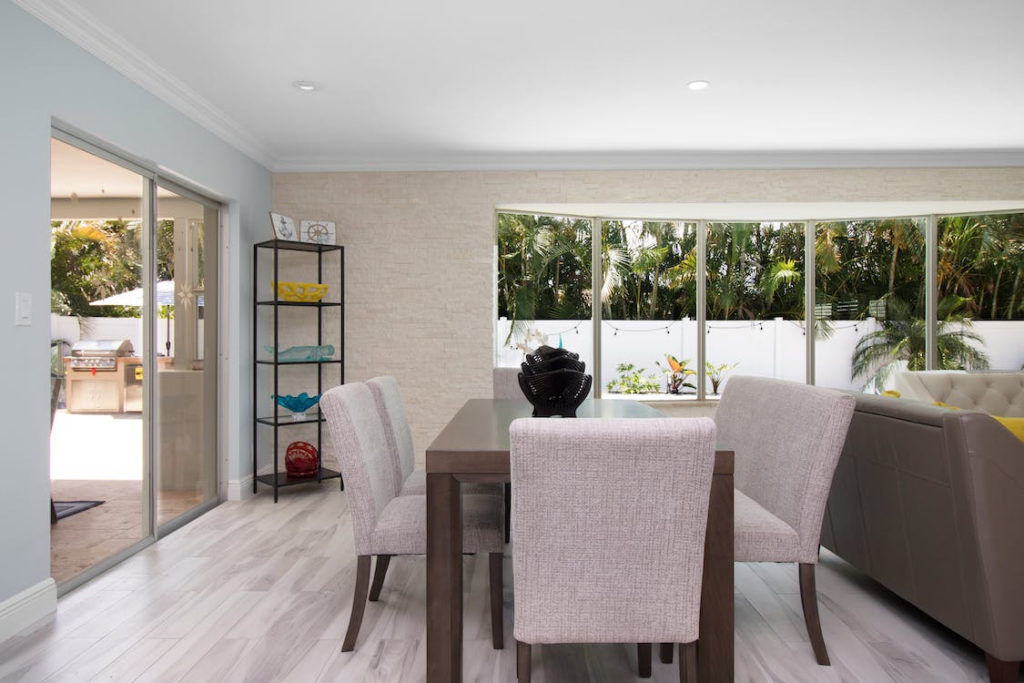
In today’s fast-paced digital world, where attention spans are shorter than ever, the design of a website plays a crucial role in capturing and retaining a user’s attention. One design trend that has gained significant popularity in recent years is minimalist design. This design approach focuses on simplicity, clean lines, and the effective use of negative space to create a visually appealing and user-friendly experience.
Definition and Characteristics
Minimalism in design is about simplicity and essentialism. It is characterized by the following elements:
- Simplicity: Minimalist design favors simplicity over complexity. It eliminates unnecessary elements and clutter, allowing the core message to shine through. This simplicity not only enhances the aesthetic appeal but also improves user navigation and overall website performance.
- Clean Lines: Minimalist designs relies on clean lines and sharp edges, giving the design a sleek and modern look. The absence of ornamental details allows the focus to remain on the essential elements, ensuring a streamlined and uncluttered experience for the user.
- Negative Space: Negative space, also known as whitespace, refers to the empty areas between design elements. In minimalist design, negative space is strategically used to create breathing room and bring attention to the key elements on a webpage. It provides visual balance and improves readability, ensuring that the user’s focus is directed to the most important elements.
Benefits in Web Development
Adopting a minimalist design approach offers several benefits for web development:
- Faster Loading Time: By eliminating unnecessary elements and reducing visual clutter, minimalist design significantly reduces the file size of a webpage. This, in turn, leads to faster loading times, creating a better user experience. Fast-loading websites also tend to have better search engine rankings, as speed is a crucial factor in search engine algorithms.
- Improved User Experience: Minimalist designs focuses on the user and their needs. By simplifying the website’s interface, it becomes easier for users to navigate, find information, and complete desired actions. The emphasis on key elements helps users quickly understand the purpose and functionality of the website.
- Enhanced Mobile Responsiveness: With the increasing popularity of mobile devices, it is essential for websites to be responsive and optimized for smaller screens. Minimalist design naturally lends itself to mobile-friendly layouts, as it prioritizes simplicity and readability. This ensures that users have a consistent and enjoyable experience across different devices.
Focus on Key Elements
One of the notable advantages of minimalist design is its ability to draw attention to the most important elements on a webpage. By removing unnecessary visual distractions, minimalist design allows key elements to stand out and engage the user more effectively. Some key elements to consider are:
- Typography: Minimalist typography focuses on clear, legible fonts with ample spacing. It allows the text to be easily readable and gives a sophisticated aesthetic to the overall design.
- Color Scheme: A minimalist color scheme often consists of a limited palette of neutral colors, with occasional pops of vibrant hues for emphasis. This restrained use of color adds elegance and helps guide the user’s attention to important elements.
- Imagery: Minimalist design utilizes high-quality and purposeful imagery that complements the overall aesthetic. By strategically placing images or illustrations, designers can evoke emotions, highlight key points, and enhance the user’s engagement.
In conclusion, minimalist designs offers numerous advantages in web development. Its emphasis on simplicity, clean lines, and negative space creates visually appealing and user-friendly experiences. By focusing on key elements and removing unnecessary distractions, minimalist design enhances website performance, improves user experience, and ensures effective communication of your message. So, it’s no wonder why minimalist designs has become an essential trend in the field of web development.
Platforms and Examples for Minimalist Design Inspiration
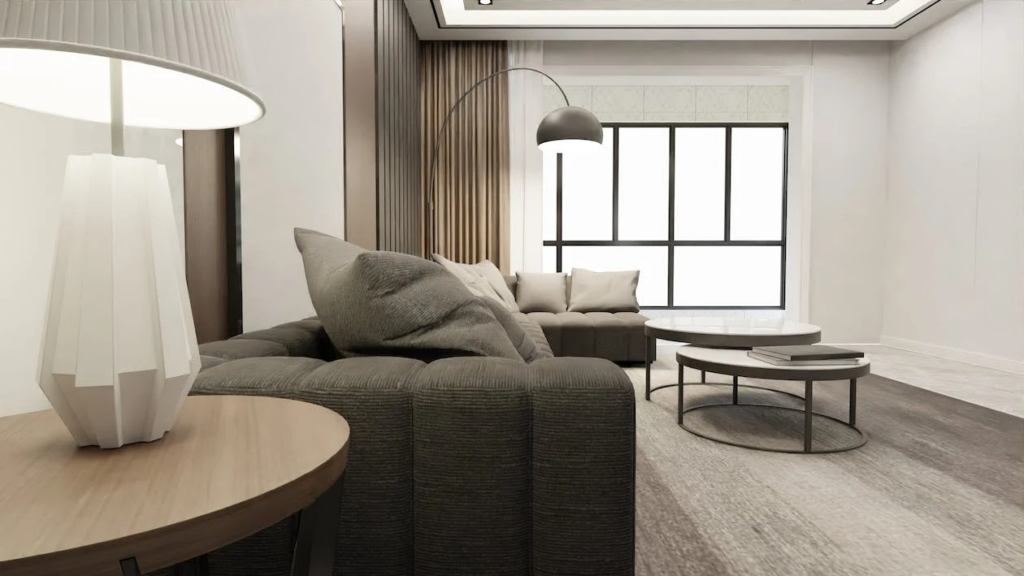
When it comes to minimalist design inspiration, there are several platforms and examples that can provide you with a wealth of ideas. Whether you’re a designer looking to create a sleek and modern website or simply someone who appreciates clean and uncluttered aesthetics, these platforms and examples can help ignite your creativity. Let’s explore two popular sources of minimalist designs inspiration: Behance and Personal Websites.
Behance
Behance is the world’s largest creative network for showcasing and discovering creative work. It’s a platform where designers, artists, and creatives from all around the globe can showcase their portfolios and connect with others in the industry. If you’re looking for minimalist design inspiration, Behance is a treasure trove of stunning visual examples.
On Behance, you can find a wide array of minimalist portfolio designs that demonstrate how less can be more. These portfolios showcase the beauty of simplicity, often using clean lines, ample white space, and minimalistic color palettes. Here are just a few examples of minimalist portfolio designs available on Behance:
- Minimalist Portfolio Example 1: This portfolio showcases a clean and minimalistic design approach, with a focus on typography and white space.
- Minimalist Portfolio Example 2: This portfolio utilizes a simple grid layout and limited color scheme to highlight the work being showcased.
- Minimalist Portfolio Example 3: This portfolio combines minimalistic design elements with subtle animations for a modern and captivating look.
These examples are just the tip of the iceberg on Behance. With countless portfolios to explore, you’re sure to find inspiration for your own minimalist design project.
Personal Websites
In addition to platforms like Behance, personal websites of designers and creatives serve as excellent resources for minimalist design inspiration. Many designers choose to showcase their work and style through their own websites, allowing them full control over the design and presentation.
By exploring personal websites of designers who specialize in minimalistic designs, you can gain insights into their thought processes and see how they implement minimalist principles in their own work. Personal websites often provide a more in-depth look at the design process, from initial concepts to the final product.
Here are some examples of minimalistic personal websites that can inspire your own designs:
- Minimalist Personal Website Example 1: This personal website features a clean and simple layout, with an emphasis on typography and straightforward navigation.
- Minimalist Personal Website Example 2: This website utilizes a minimalist color palette and subtle animations to create a visually appealing user experience.
- Minimalist Personal Website Example 3: This personal website incorporates white space and crisp lines to highlight the content and keep the focus on the portfolio.
The beauty of exploring personal websites for inspiration is that you can see the designs in action and experience the user interface firsthand.
In conclusion, if you’re looking for minimalist design inspiration, platforms like Behance and personal websites of designers can be excellent sources. The examples available on these platforms showcase the beauty and effectiveness of minimalist design, providing you with a starting point and sparking your own creativity. So go ahead, explore these platforms and learn from the masters of minimalism to create your own stunning designs.
Applications of Minimalist Design

In a world where less is more, minimalist designs has become a popular approach across various fields, including web design, graphic design, and architecture. The fundamental principles of minimalist design, such as simplicity and functionality, have paved the way for captivating and effective creations. Let’s dive into the fascinating applications of minimalist designs and explore how it has transformed these industries.
Web Design
Minimalist design has had a significant impact on the world of web design. By stripping away unnecessary elements and focusing on clean lines and white space, minimalist websites offer a seamless user experience that is easy to navigate and visually pleasing. Here are some key applications of minimalist design in web design:
- Simplified Interface: Minimalist design removes clutter and concentrates on essential elements, making it easier for users to find what they’re looking for. A minimalist interface emphasizes intuitive navigation and straightforward layouts, allowing visitors to focus on the content without any distractions.
- Enhanced Usability: Minimalist designs puts an emphasis on usability, placing key elements in strategic positions and making them easily accessible. This helps users interact with the website effortlessly, leading to a seamless and enjoyable browsing experience.
- Optimized Performance: With fewer elements to load, minimalist websites often have faster load times, improving overall performance and reducing bounce rates. By prioritizing essential content and eliminating unnecessary elements, minimalist design plays a crucial role in optimizing website speed.
Graphic Design
Minimalist designs has revolutionized the world of graphic design by embracing simplicity and impactful visuals. Whether it’s in print or digital media, minimalist design has proven to be an effective way to communicate messages and create memorable designs. Here are some notable applications of minimalist design in graphic design:
- Bold Typography: Minimalist typography focuses on clean and legible fonts, often paired with ample white space. This approach allows the typography to make a bold statement and become a central visual element of the design.
- Color Palettes: Minimalist designs often features a limited color palette, with neutral tones and a few accent colors. This deliberate choice enhances the impact of the design, drawing attention to key elements and creating a harmonious visual composition.
- Elegant Simplicity: Minimalist graphic design embraces simplicity by removing unnecessary elements and focusing on essential visuals. By eliminating distractions, minimalist designs become more powerful, allowing the intended message to shine through with clarity and impact.
Architecture
Minimalist design principles have transformed the world of architecture by emphasizing clean lines, open spaces, and simplicity of form. Minimalist architecture strives to create functional and aesthetically pleasing spaces that maximize the use of natural light and materials. Here are some notable applications of minimalist design in architecture:
- Sustainable Design: Minimalist architecture often incorporates sustainable practices that focus on energy efficiency, use of natural materials, and minimizing environmental impact. By reducing excess and emphasizing sustainable choices, minimalist design promotes a greener and more eco-friendly approach to architecture.
- Integration with Nature: Minimalist architecture aims to create a harmonious connection between the built environment and nature. Large windows, open floor plans, and spacious outdoor areas allow for a seamless integration of the surrounding landscape, blurring the boundaries between indoors and outdoors.
- Functional Simplicity: Minimalist designs in architecture prioritizes functionality and practicality. Spaces are designed with purpose and efficiency in mind, eliminating unnecessary elements and focusing on essential features. This creates a minimalist living experience that emphasizes simplicity and ease of use.
In conclusion, minimalist designs has revolutionized the fields of web design, graphic design, and architecture. By embracing simplicity, functionality, and impactful visuals, minimalist design has proven to be a powerful tool for creating captivating and user-friendly experiences. Whether it’s a clean and intuitive website, a visually striking graphic design, or an architecturally stunning building, minimalist design continues to shape the way we interact with and appreciate the world around us.
Also Read: Minimalist Designers : Exploring Influential Figures for Inspiration in 2023.
Famous Minimalist Designers and Artists

In the world of design and art, minimalism has gained significant popularity over the years. Its focus on simplicity, clean lines, and functional aesthetics has captured the attention of many. Today, we’ll explore the work of three famous minimalist designers and artists: Dieter Rams, John Pawson, and Donald Judd.
Dieter Rams
Dieter Rams, a German industrial designer, is known for his influential work at Braun and his “less, but better” philosophy. His designs embody the essence of minimalism, with a strong emphasis on functionality and timeless aesthetics. Rams believed that good design should be unobtrusive, honest, and long-lasting.
Some of Dieter Rams’s notable designs include:
- The Braun SK4 Phonograph (1956): This iconic piece merges a minimalist aesthetic with cutting-edge technology, making it a design classic that is still celebrated today.
- The 606 Universal Shelving System (1960): Combining flexibility and modularity, this storage solution maximizes functionality while maintaining an elegant and minimalist appearance.
- The Braun T3 Pocket Radio (1958): With its simple form and intuitive usability, this pocket-sized radio is a testament to Rams’s commitment to functional design.
Dieter Rams’s design principles have greatly influenced many contemporary designers. His belief that “less is more” continues to inspire a generation of creatives striving for simplicity and elegance in their work.
John Pawson
John Pawson, a British architect and designer, is renowned for his minimalist approach to architecture and interior design. His work often showcases clean lines, bare forms, and a focus on light and space. Pawson believes that by reducing everything down to its essential elements, the true beauty and functionality of a space can shine through.
Some of John Pawson’s notable projects include:
- The Novy Dvur Monastery in the Czech Republic: This minimalist masterpiece elegantly combines traditional religious architecture with Pawson’s signature minimalistic style.
- The Calvin Klein flagship store in New York City: Pawson’s design transformed this iconic space into a minimalist haven, emphasizing simplicity and allowing the products to take center stage.
- The Baron House in Sweden: This residential project exemplifies Pawson’s dedication to minimalist design, with its sleek lines, neutral color palette, and a focus on natural light.
Donald Judd
Donald Judd, an American artist and sculptor, is celebrated for his minimalist sculptures and installations. Judd’s work emphasizes geometric forms, clean lines, and a focus on the intrinsic qualities of materials. His minimalist sculptures challenge traditional notions of art and redefine the relationship between object, space, and viewer.
Some of Donald Judd’s notable works include:
- The Untitled (Stack): Judd’s “Stacks” series consists of identical industrial boxes arranged in precise formations, exploring the interplay of material, form, and space.
- The Chinati Foundation in Marfa, Texas: Judd’s vision for this large-scale art installation transformed the landscape and turned it into a minimalist art sanctuary.
- The Progressions series: Judd’s Progressions feature a series of horizontal and vertical aluminum or copper elements arranged in precise formations, showcasing his mastery of minimalistic design.
Through their work, Dieter Rams, John Pawson, and Donald Judd have left a lasting impact on the world of design and art. Their commitment to minimalist aesthetics, functionalism, and simplicity continues to inspire and shape the creative landscape of today.
Principles of Minimalist Design
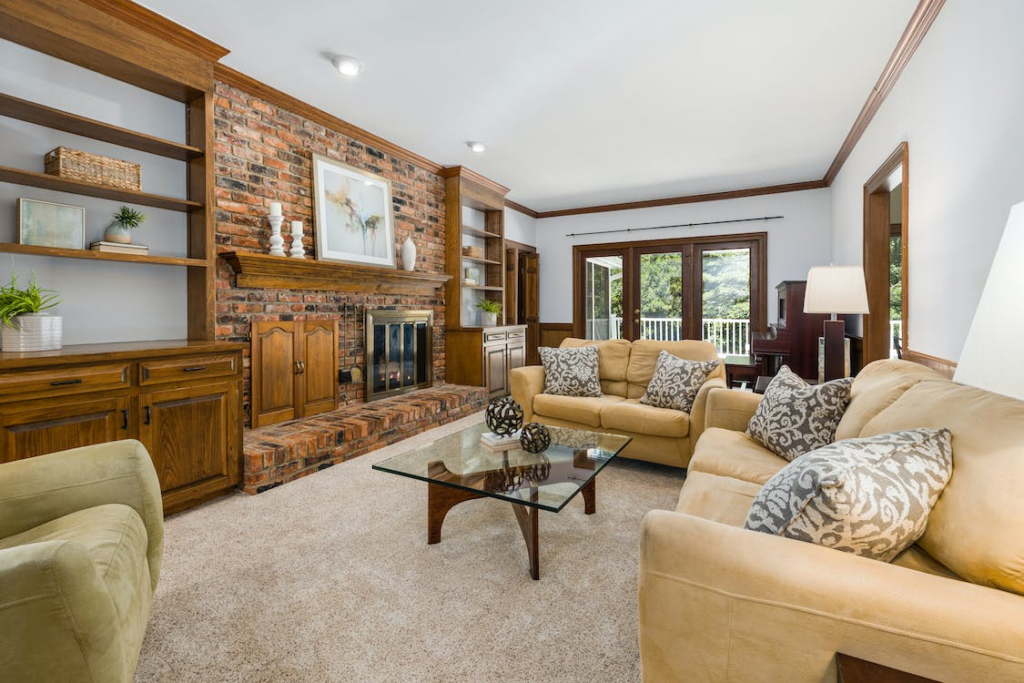
Minimalist design is a powerful and popular approach in various fields, from architecture to web design. It emphasizes simplicity, elegance, and functionality, stripping away unnecessary elements to create a visually pleasing and user-friendly experience. In this article, we will explore three key principles of minimalist designs: simplicity, clarity, and function.
Simplicity
The principle of simplicity lies at the heart of minimalist designs. It is all about reducing complexity and eliminating anything that is not essential. By removing clutter and refining the design to its core elements, minimalist design aims to create a sense of calmness and focus.
Consider the following aspects of simplicity in minimalist designs:
- Clean lines and shapes: Minimalist design favors geometric shapes and straight lines, avoiding unnecessary embellishments and decorative elements.
- Limited color palette: Minimalist designs often use a limited color palette, focusing on neutral tones like whites, grays, and blacks. This creates a clean and cohesive visual aesthetic.
- Whitespace: Embracing whitespace, or negative space, is another key aspect of simplicity. By allowing elements to breathe and providing visual rest, whitespace enhances readability and draws attention to essential elements.
Clarity
Clarity is another fundamental principle of minimalist design. It emphasizes the importance of clear communication and easy understanding. By removing distractions and simplifying the design language, minimalist design ensures that the message is conveyed effectively.
Here are some aspects of clarity in minimalist design:
- Minimal use of text: In minimalist design, less is more when it comes to text. Concise and straightforward language is favored, allowing users to quickly grasp the intended message.
- Intuitive navigation: Minimalist design prioritizes intuitive navigation, making it easy for users to find what they’re looking for. Clear and uncluttered menus and navigation bars contribute to a seamless user experience.
- Visual hierarchy: Minimalist design often relies on a clear visual hierarchy, with key information or elements being emphasized through size, color, or placement. This guides the user’s focus and ensures important information stands out.
Function
Functionality is a crucial element of minimalist design. It is about creating designs that not only look good but also serve a purpose and function effectively. Minimalist designs focuses on usability and user-centered approaches, ensuring that the design supports the user’s goals and tasks.
Consider the following aspects of function in minimalist designs:
- User-centered approach: Minimalist design places the user at the center, prioritizing their needs and goals. The design is streamlined and optimized for ease of use and a seamless user experience.
- Simple and intuitive interactions: Minimalist design favors simple and intuitive interactions, minimizing cognitive load and allowing users to complete tasks effortlessly.
- Content-driven design: In minimalist design, content takes center stage. The design serves to showcase and enhance the content rather than overpowering it. This ensures that the design remains focused on the intended message or purpose.
In conclusion, minimalist design is guided by the principles of simplicity, clarity, and function. By embracing these principles, designers create visually appealing and user-friendly experiences that prioritize essential elements. Whether it’s a website, an interior space, or a product, minimalist design offers a timeless and elegant approach that resonates with users.
Advantages of Minimalist Design
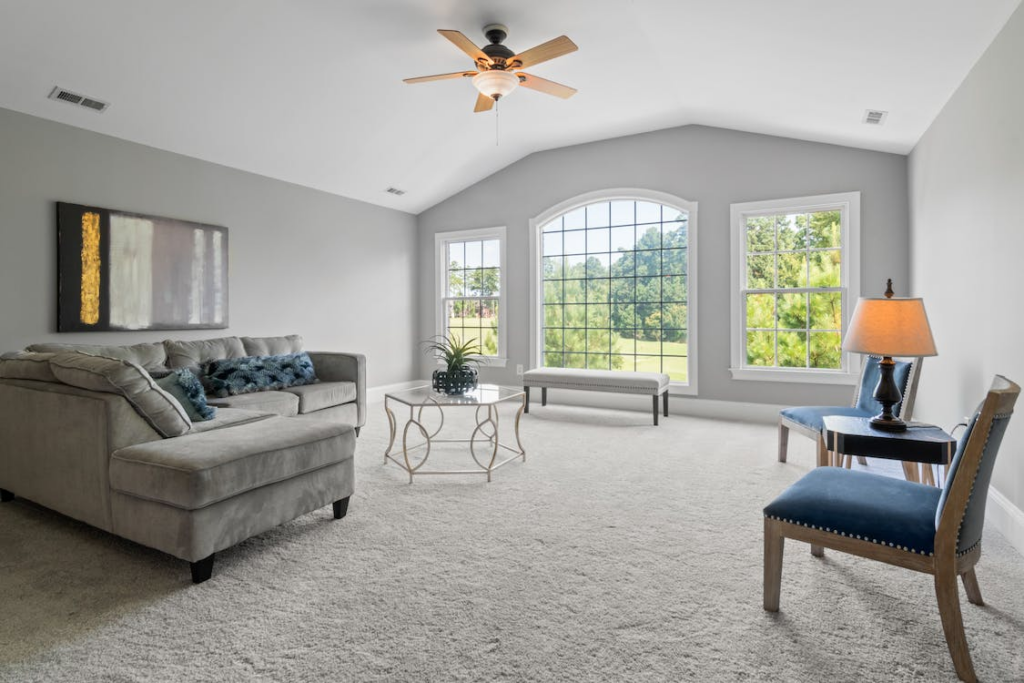
When it comes to design, sometimes less is more. Minimalist design is a popular approach that focuses on simplicity, clarity, and functionality. This design style has gained significant traction in recent years due to its clean and modern aesthetics. But minimalist design offers more than just visual appeal. It also provides several advantages that can greatly benefit a website or any design project.
Responsiveness to Different Media
One of the significant advantages of minimalist design is its responsiveness to different media. In today’s world, where people access websites and content through various devices such as smartphones, tablets, and laptops, it is crucial to have a design that adapts seamlessly. Minimalist designs excels in this aspect by providing a flexible layout and structure.
Here’s why minimalist design shines in terms of responsiveness:
- Simplicity: Minimalist designs incorporates clean lines, ample whitespace, and a limited color palette, making it less cluttered and easier to navigate. This simplicity translates well across different screen sizes and resolutions.
- Fast Loading: Minimalist designs typically use fewer images, plugins, and complex elements, resulting in faster loading times. This is essential for mobile users who often have slower internet connections.
- User Experience: With minimalist design, the focus is on providing a seamless and intuitive user experience. The streamlined designs ensures that users can interact with the content effortlessly, regardless of the device they are using.
- Ease of Navigation: Minimalist designs usually features clear and straightforward navigation menus. This allows users to find what they are looking for quickly, regardless of the device they are using.
In a world where mobile usage continues to rise, having a website that is responsive and accessible across all devices is crucial. Minimalist design offers a solution that ensures your design looks great, regardless of the screen size or platform.
Stand Out in the Professional World
Another advantage of minimalist designs is its ability to make a statement and stand out in the professional world. In today’s competitive landscape, it’s essential to make a strong first impression and differentiate yourself from the competition. Minimalist designs can help achieve this by:
- Emphasizing Key Elements: By reducing visual clutter and focusing on essential elements, minimalist design allows for better emphasis on key features, products, or messages. This can help convey your brand identity and key points more effectively.
- Creating a Memorable Visual Identity: Minimalist design often uses unique typography, simple shapes, and bold colors to create a distinct visual identity. This can make your brand more memorable and recognizable in a sea of competitors.
- Reflecting Professionalism: The clean and polished aesthetics of minimalist design can convey a sense of professionalism and attention to detail. This can instill trust and confidence in your audience, especially in industries where credibility is paramount.
By embracing minimalist design principles, you can create a sophisticated and striking visual presence that sets you apart from the crowd and leaves a lasting impression on your target audience.
In conclusion, minimalist designs offers a range of advantages that make it a compelling choice for design projects. From its responsiveness to different media to its ability to stand out in the professional world, minimalist design provides a visually appealing and functional approach that can elevate your design to the next level. Whether you’re building a website, creating a logo, or designing a brochure, consider incorporating minimalist design principles to maximize the impact of your work.
Additional Information:
- Minimalist design allows for better responsiveness to different media.
- Minimalist design can be a way to stand out and make a statement in the professional world.
Also Read: The Inspiration of Minimalism: Exploring Influential Minimalist Designers in 2023.
Conclusion
In conclusion, Minimalist Designs offers numerous benefits and inspirations for designers and creators across various industries. The simplicity, clarity, and focus on key elements make it a powerful approach in web development, graphic design, and architecture. Not only does it create visually stunning and impactful designs, but it also enhances user experience by eliminating distractions and providing a seamless interface. Minimalist Designs allows for responsiveness across different media, ensuring that designs look great on any device. Additionally, minimalist designs have the advantage of standing out in the professional world, making a bold statement with their clean lines and minimalistic aesthetics.
If you’re looking to incorporate minimalist designs into your home, Minimalist Home Guru can provide you with valuable guidance. With their expertise in creating a calming and clutter-free living space, they can help you in decluttering, selecting clean-lined furniture, and achieving a minimalist aesthetic. Check out their website here for more information and to start transforming your living space into a minimalist sanctuary.
To get access to more minimalist designs, read Designing a Minimalist Kitchen : Streamlined Ideas for a Clutter-Free Space in 2024.
Frequently Asked Questions
- Who are some famous minimalist designers?
Some famous minimalist designers include Dieter Rams, Tadao Ando, Coco Chanel, Jil Sander, and Ludwig Mies van der Rohe. - What defines a designer as minimalist?
A designer is considered minimalist when they focus on simplicity, clean lines, and essential elements in their designs. Minimalist designers often emphasize functionality and aim to eliminate any unnecessary ornamentation. - What are the benefits of minimalist design?
Minimalist design offers benefits such as improved clarity, enhanced user experience, easier maintenance, timeless appeal, and a focus on the essentials. It can also foster a sense of calm and provide a visually pleasing aesthetic. - How can I incorporate minimalist design principles into my projects?
To incorporate minimalist design principles, simplify your layouts, use ample white space, opt for a limited color palette, choose easy-to-read fonts, and eliminate any unnecessary elements. Focus on functionality and prioritize the most important aspects of your design. - What are some popular industries where minimalist design is commonly used?
Minimalist design is commonly used in industries such as architecture, interior design, fashion, graphic design, web design, product design, and even in branding and packaging design.

